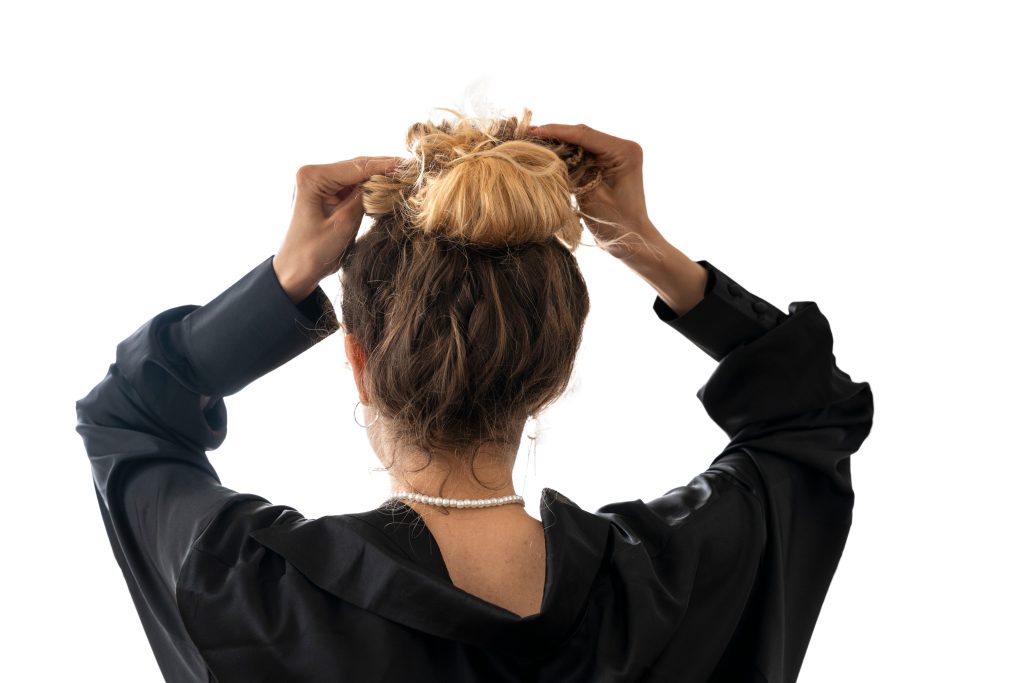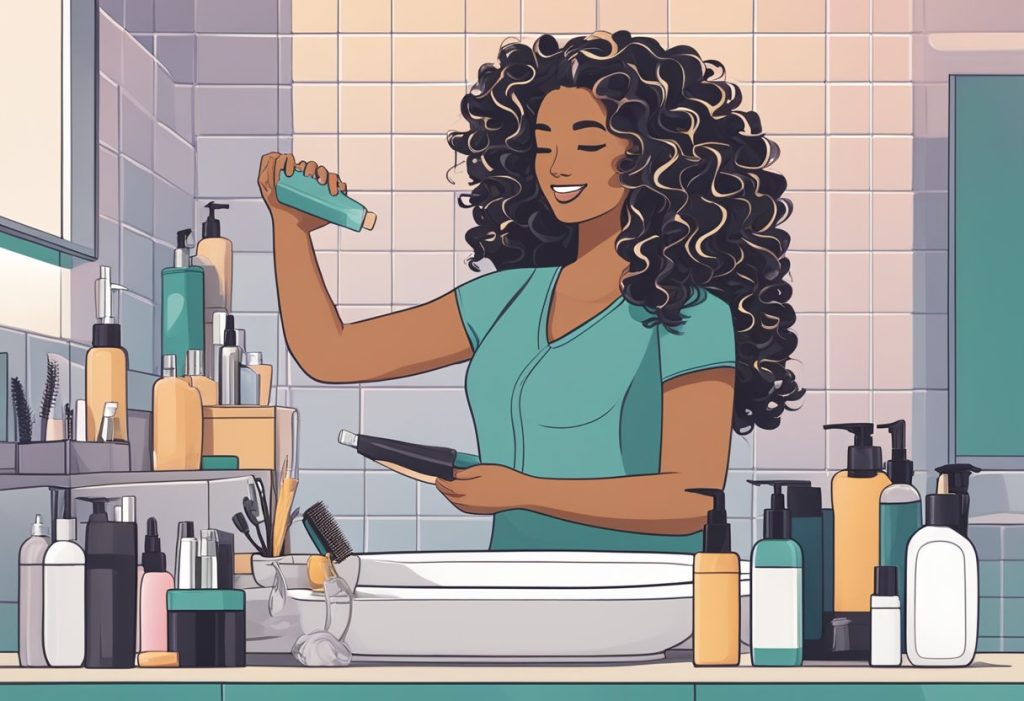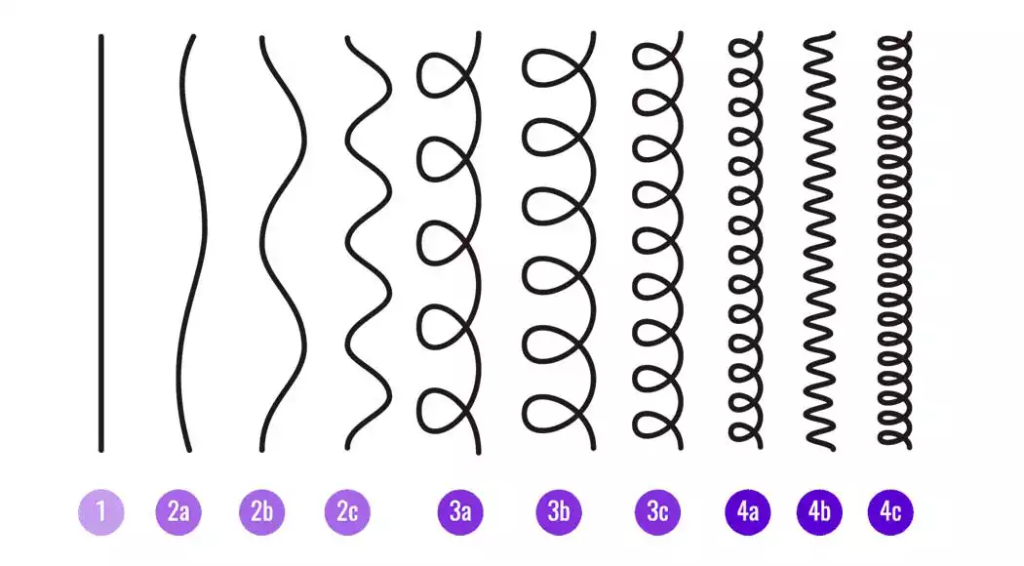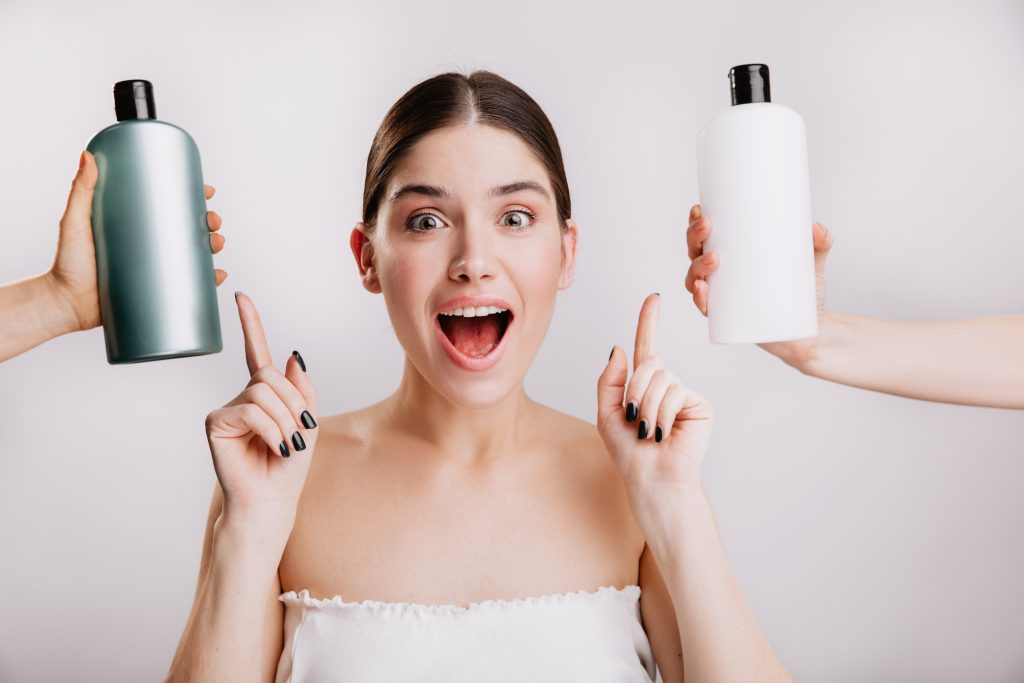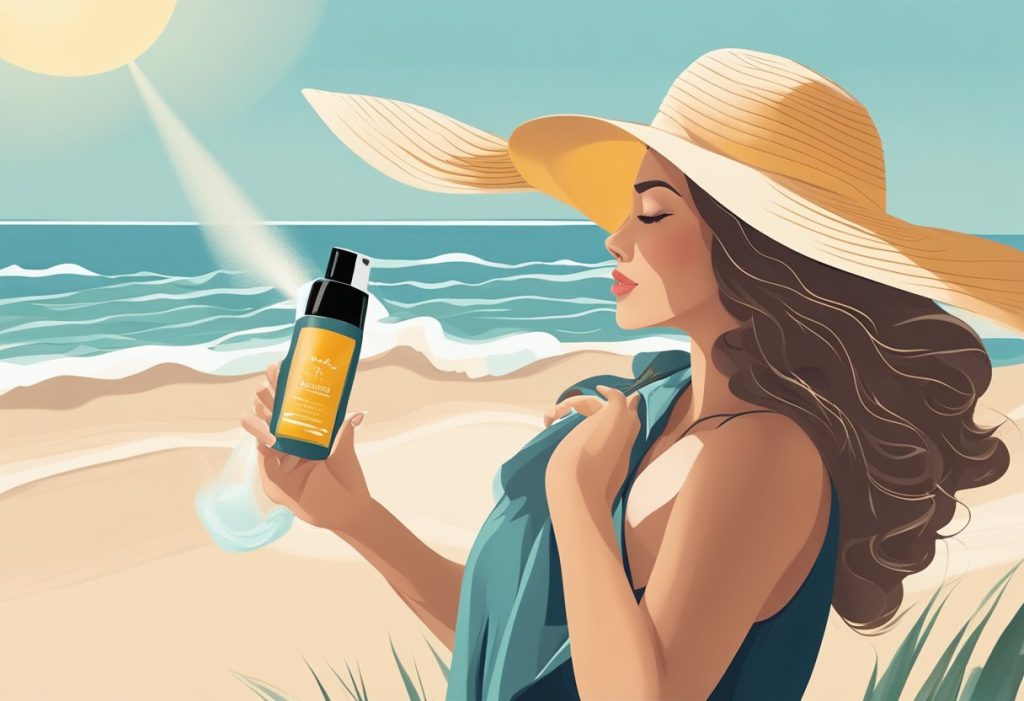Are you tired of struggling with your wavy hair every morning?
Do you wish you could achieve those perfect, beachy waves without spending hours in front of the mirror?
Look no further than this Ultimate Guide to Wavy Hair Care. I’ve compiled the best tips and tricks to help you embrace your natural waves and achieve the hair of your dreams.
From the right shampoo and conditioner to the perfect styling products, we’ve got you covered. Our guide will take you step-by-step through a complete hair care routine designed specifically for wavy hair. We’ll show you how to cleanse and condition your hair properly, and recommend the best products for your unique hair type. Whether you have loose waves or tight curls, our guide will help you achieve the perfect look.
So say goodbye to bad hair days and hello to beautiful, effortless waves!
Understanding Wavy Hair
If you have wavy hair, you know that it can be both a blessing and a curse. On good days, you have effortless beachy waves that look like you just stepped off the sand. On bad days, your hair can look frizzy, undefined, and just plain messy. But fear not, with the right knowledge and routine, you can make every day a good hair day. In this section, we’ll go over the science behind waves and the different types of wavy hair.

The Science Behind Waves
Wavy hair is characterized by a natural S-shaped pattern in the hair shaft. This shape is caused by the hair follicle being slightly oval or asymmetrical, which causes the hair to grow in a curved or twisted pattern. The degree of waviness in your hair is determined by the shape of your hair follicle, as well as other genetic and environmental factors.
Since wavy hair is not as tightly coiled as curly hair, it is more prone to frizz and can easily lose its shape. That’s why it’s important to use products that will help define and enhance your natural waves without weighing them down.
Types of Wavy Hair
There are three main types of wavy hair, categorized by the degree of waviness and texture:
- Type 2A: This type of wavy hair has loose, tousled waves that are easy to straighten. It tends to be fine and silky, with a natural shine.
- Type 2B: This type of wavy hair has more defined waves that can range from loose to medium. It tends to be thicker and more voluminous than Type 2A, with a slightly coarser texture.
- Type 2C: This type of wavy hair has defined waves that are more tightly packed, basically bordering on curly. It tends to be coarse and frizzy, with a lot of volume.
Knowing your hair type is important when choosing the right products and styling techniques for your hair. For example, if you have Type 2A hair, you may want to use lightweight products that won’t weigh down your waves, while if you have Type 2C hair, you may want to use heavier products that will help define and control your curls.
Now that you understand the science behind waves and the different types of wavy hair, it’s time to dive into the ultimate wavy hair care routine.
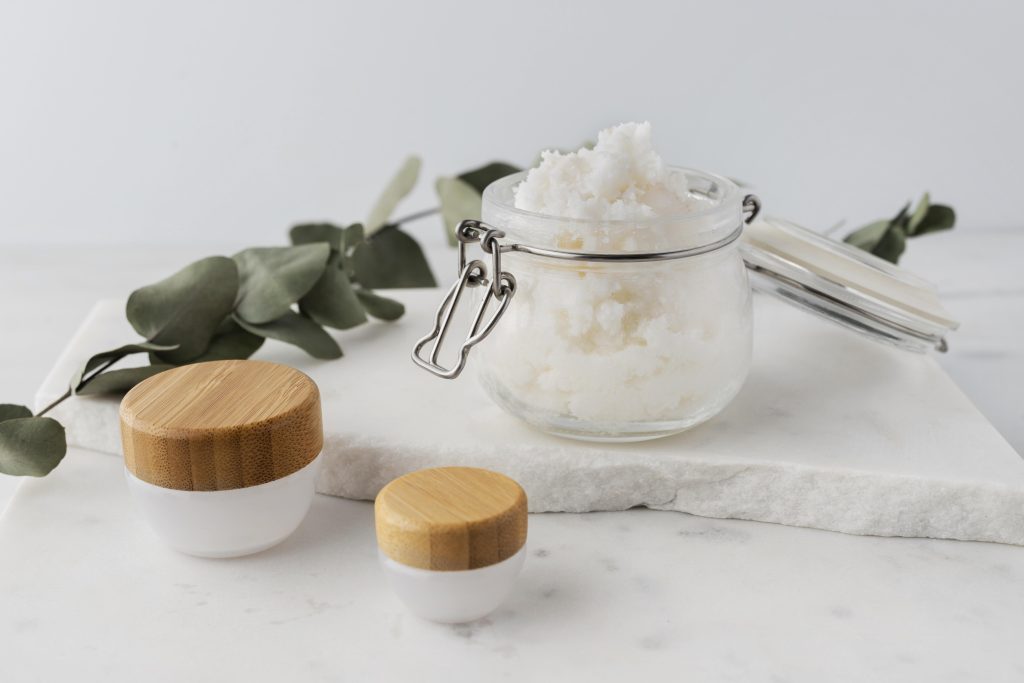
The Right Products for Wavy Hair Care
Wavy hair can be a blessing and a curse. It’s beautiful and unique, but it can also be difficult to manage. The right products can make all the difference in keeping your waves looking their best. Here are some of the best products for wavy hair that will help you achieve and maintain your perfect waves.
Shampoos and Conditioners
The right shampoo and conditioner can make all the difference for wavy hair. Look for products that are designed specifically for wavy hair, as they will contain the right ingredients to help enhance your waves. Avoid the usage of sulfates, minerals and parabens in your products. Look for more natural ingredients.
Styling Products
To really make your waves pop, you need the right styling products. Look for products that help define and enhance your waves without weighing them down or making them feel crunchy. Try to avoid anything too dense and thick, as those can weigh your hair down, making your waves dissapear.
With the right products, you can achieve and maintain your perfect waves. Keep in mind that everyone’s hair is different, so it may take some trial and error to find the right products for you. But with a little patience and experimentation, you’ll be able to find the perfect products to help you achieve your best waves yet.
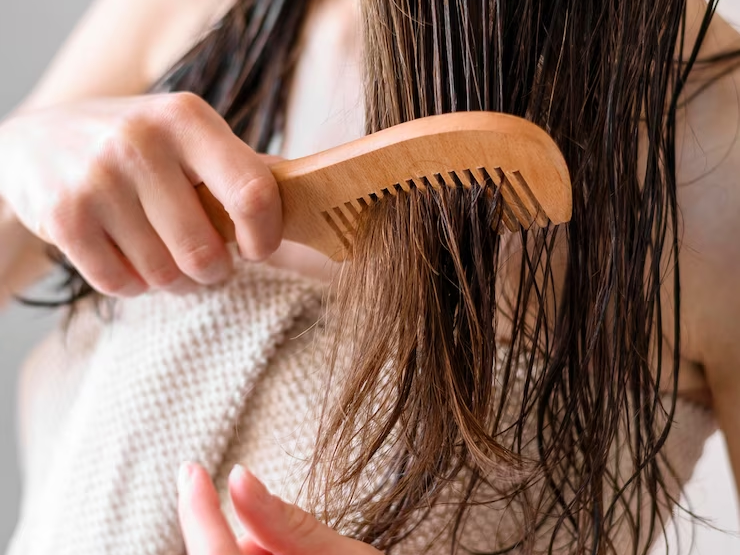
Establishing a Wavy Hair Care Routine
If you have wavy hair, you know how important it is to have a hair care routine that caters to your specific hair type. Establishing a routine can help keep your waves defined, frizz-free, and healthy. Here are some tips to help you establish a wavy hair care routine that works for you.
Washing and Conditioning Wavy Hair:
- Choose the Right Products:
- Opt for a shampoo and conditioner formulated for wavy hair.
- Ensure they are free from drying and unnatural ingredients.
- Look for products that enhance waves and provide moisture without weighing hair down.
- Wash Gently:
- Wet your hair thoroughly with warm water.
- Use fingertips to gently massage the scalp while applying shampoo.
- Avoid vigorous scrubbing to prevent tangling and frizz.
- Rinse hair thoroughly and repeat the process if needed.
- Conditioning:
- Apply conditioner from mid-length to ends, avoiding the roots.
- Use this time to detangle hair as conditioner prevents breakage.
- Leave conditioner on for recommended time before rinsing.
Drying and Styling Wavy Hair:
- Gently Dry:
- After washing, gently blot hair with a microfiber towel or an old t-shirt.
- Avoid rubbing with a regular towel to prevent frizz.
- Apply Styling Products:
- Use a wavy hair-specific styling product, like mousse and curl cream.
- Work product through mid-length to ends of hair.
- Using a Diffuser:
- Attach a diffuser to your hair dryer.
- Dry hair on low heat setting to enhance waves and minimize frizz.
- Hold the diffuzer in a down facing angle, so you won’t break up your clumps or create more frizz.
- Air Drying Option:
- Apply styling product and scrunch hair with hands to encourage wave formation.
- Scrunch with a microfiber towel to dry the hair a little more, and to get off excess product.
- Allow hair to air dry naturally.
- Finishing Touch:
- If desired, use a lightweight hairspray to hold waves in place once hair is dry.
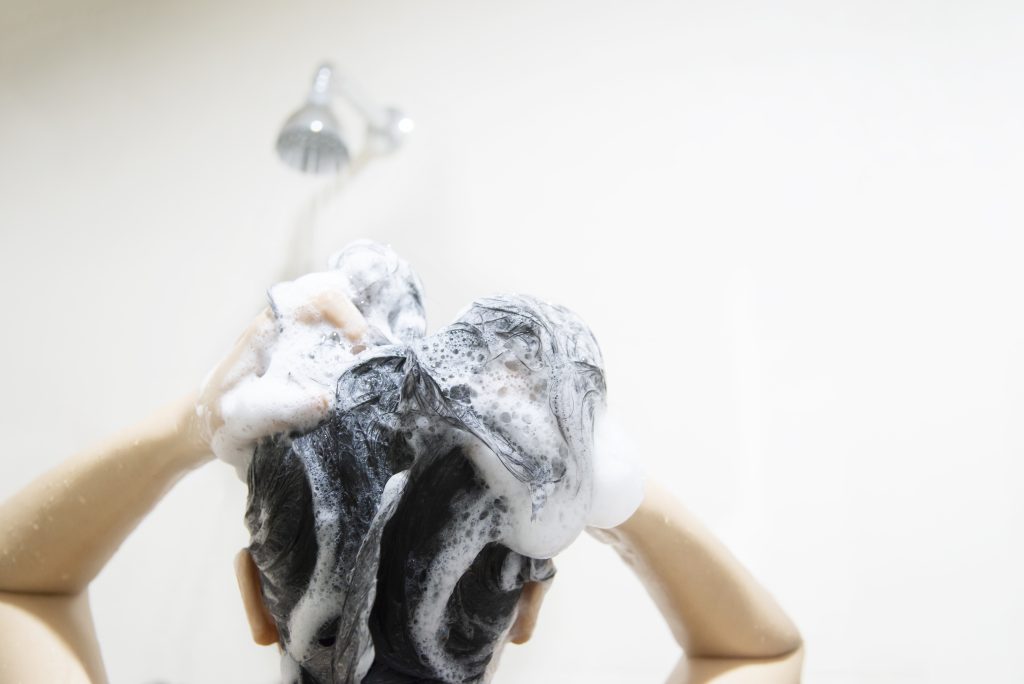
Common Mistakes to Avoid
When it comes to wavy hair care, there are a few common mistakes that people make that can lead to frizz, dryness, and lackluster waves. Here are two of the most common mistakes to avoid:
Over-Washing
One of the biggest mistakes people make when it comes to wavy hair care is over-washing. While it may seem like a good idea to wash your hair every day to keep it clean and fresh, this can actually strip your hair of its natural oils, leaving it dry and frizzy.
Instead, try to wash your hair every three to four days, or even less frequently, like weekly, if your hair is particularly dry. When you do wash your hair, be sure to use a gentle shampoo that is designed for wavy hair, and follow up with a moisturizing conditioner to help keep your hair hydrated.
Wrong Product Use
Another common mistake people make with wavy hair care is using the wrong products. It’s important to use products that are specifically designed for wavy hair, as these will help enhance your waves and keep your hair looking its best.
Avoid using heavy, oil-based products, as these can weigh down your hair and make it look greasy. Instead, opt for lightweight products that are designed to enhance your waves, such as sea salt sprays, curl creams, and mousses.
In addition to using the right products, it’s also important to use them correctly. Be sure to apply products evenly throughout your hair, and avoid applying too much product, as this can also weigh down your hair and make it look greasy.
By avoiding these common mistakes, you can help keep your wavy hair looking healthy, hydrated, and full of life.
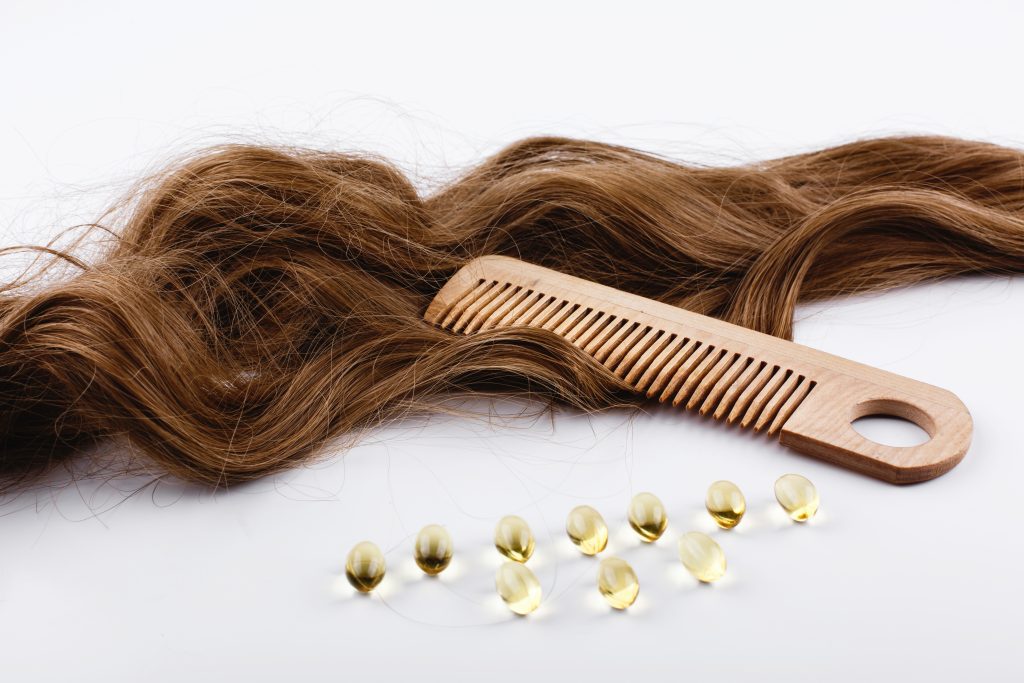
Expert Tips for Wavy Hair Care
If you have wavy hair, you know that it can be a challenge to keep it looking its best. Luckily, there are plenty of expert tips and tricks that can help you care for your waves and keep them looking amazing. In this section, we’ll cover some of the best tips for wavy hair care, including seasonal care and dealing with hair problems.
Seasonal Care
One of the most important things to keep in mind when caring for wavy hair is that your routine may need to change depending on the season. For example, during the summer months, you’ll want to take extra care to protect your hair from the sun and humidity. This might mean using a leave-in conditioner or oil to help keep your hair hydrated and prevent frizz.
In the winter, on the other hand, you’ll need to focus on keeping your hair moisturized and protected from the cold, dry air. This might mean using a deep conditioning treatment once a week or wearing a hat or scarf to keep your hair covered and protected.
Dealing with Hair Problems
Even with the best care, wavy hair can still present some challenges. Here are a few common hair problems that people with wavy hair may experience, along with some tips for dealing with them:
- Frizz: Frizz is a common problem for wavy hair, especially in humid weather. To combat frizz, try using a lightweight oil or serum to help smooth your hair and keep it looking sleek.
- Tangles: Wavy hair can be prone to tangles, especially if it’s long. To prevent tangles, try using a wide-tooth comb or a detangling brush to gently work through your hair. You may also want to consider using a leave-in conditioner or detangling spray to make the process easier.
- Flatness: If your waves tend to fall flat, try using a volumizing mousse or spray to give your hair some lift. You can also try using a diffuser attachment on your hair dryer to help enhance your natural waves and create more volume.
By following these expert tips for wavy hair care, you can keep your hair looking healthy, shiny, and beautiful all year round.
Frequently Asked Questions
What are the best products for defining 2B wavy hair?
If you have 2B wavy hair, you’ll want to look for lightweight products that won’t weigh down your waves. A good option is a curl-enhancing mousse or gel. Look for products that contain ingredients like aloe vera or coconut oil to help define your waves without making them crunchy or stiff.
What is a good hair routine for 2A/2B wavy hair?
If you have 2A/2B wavy hair, a good hair routine involves washing your hair every other day with a sulfate-free shampoo and conditioner. After washing, use a wide-tooth comb to detangle your hair, then apply a leave-in conditioner or curl-enhancing cream to define your waves. Scrunch your hair gently with a microfiber towel or cotton t-shirt to remove excess water and encourage your waves to form.
How do I determine if I have 2B or 2C hair?
Determining your hair type can be tricky, but here are some general guidelines to help you figure out if you have 2B or 2C hair:
- 2B hair has loose, S-shaped waves that are well-defined and springy.
- 2C hair has tighter, more defined waves that form ringlets or corkscrews.
If you’re still not sure, try taking a hair quiz or consulting with a hairstylist to get a more accurate assessment.
What are some recommended products for 2B/2C wavy hair?
Some recommended products for 2B/2C wavy hair include:
- DevaCurl Wave Maker
- Bumble and Bumble Surf Foam Spray Blow Dry
- Ouidad Advanced Climate Control Heat and Humidity Gel
What is the difference between 2A, 2B, and 2C wavy hair types?
The main difference between 2A, 2B, and 2C wavy hair types is the size and shape of the waves:
- 2A hair has loose, beachy waves that are easy to straighten.
- 2B hair has more defined waves that form an S-shape pattern.
- 2C hair has tighter, more defined waves that form ringlets or corkscrews.
How can I best take care of my wavy hair to prevent frizz?
To prevent frizz, it’s important to keep your hair moisturized and avoid using heat styling tools too often. Here are some tips for taking care of your wavy hair:
- Use a sulfate-free shampoo and conditioner to avoid stripping your hair of natural oils.
- Apply a leave-in conditioner or curl-enhancing cream to define your waves and keep them moisturized.
- Use a diffuser when blow-drying your hair to avoid disrupting your waves.
- Avoid touching your hair too much, as this can cause frizz and breakage.


